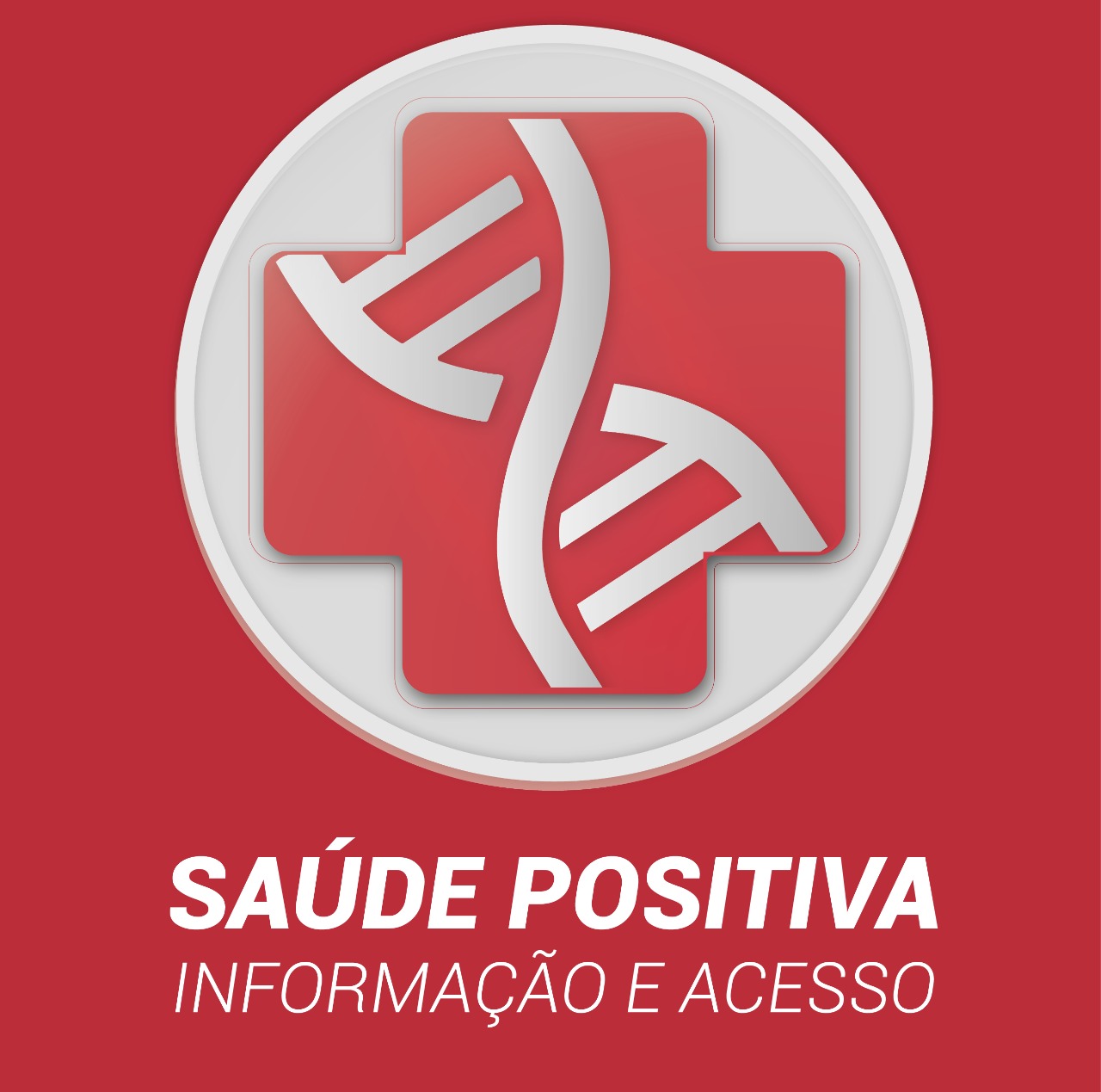Acabando com a epidemia de HIV entre pessoas que injetam drogas: uma análise de custo-eficácia em seis cidades dos EUA
Ending the HIV Epidemic Among Persons Who Inject Drugs: A Cost-Effectiveness Analysis in Six US Cities
Emanuel Krebs, Xiao Zang, Benjamin Enns, Jeong E Min, Czarina N Behrends, Carlos Del Rio, Julia C Dombrowski, Daniel J Feaster, Kelly A Gebo, Brandon D L Marshall, Shruti H Mehta, Lisa R Metsch, Ankur Pandya, Bruce R Schackman, Steffanie A Strathdee, Bohdan Nosyk
Background
Persons who inject drugs (PWID) are at a disproportionately high risk of HIV infection. We aimed to determine the highest-valued combination implementation strategies to reduce the burden of HIV among PWID in 6 US cities.Methods
Using a dynamic HIV transmission model calibrated for Atlanta, Baltimore, Los Angeles, Miami, New York City, and Seattle, we assessed the value of implementing combinations of evidence-based interventions at optimistic (drawn from best available evidence) or ideal (90% coverage) scale-up. We estimated reduction in HIV incidence among PWID, quality-adjusted life-years (QALYs), and incremental cost-effectiveness ratios (ICERs) for each city (10-year implementation; 20-year horizon; 2018 $ US).Results
Combinations that maximized health benefits contained between 6 (Atlanta and Seattle) and 12 (Miami) interventions with ICER values ranging from $94 069/QALY in Los Angeles to $146 256/QALY in Miami. These strategies reduced HIV incidence by 8.1% (credible interval [CI], 2.8%–13.2%) in Seattle and 54.4% (CI, 37.6%–73.9%) in Miami. Incidence reduction reached 16.1%–75.5% at ideal scale.Conclusions
Evidence-based interventions targeted to PWID can deliver considerable value; however, ending the HIV epidemic among PWID will require innovative implementation strategies and supporting programs to reduce social and structural barriers to care.
Acesse: https://academic.oup.com/jid/article-abstract/222/Supplement_5/S301/5900595





